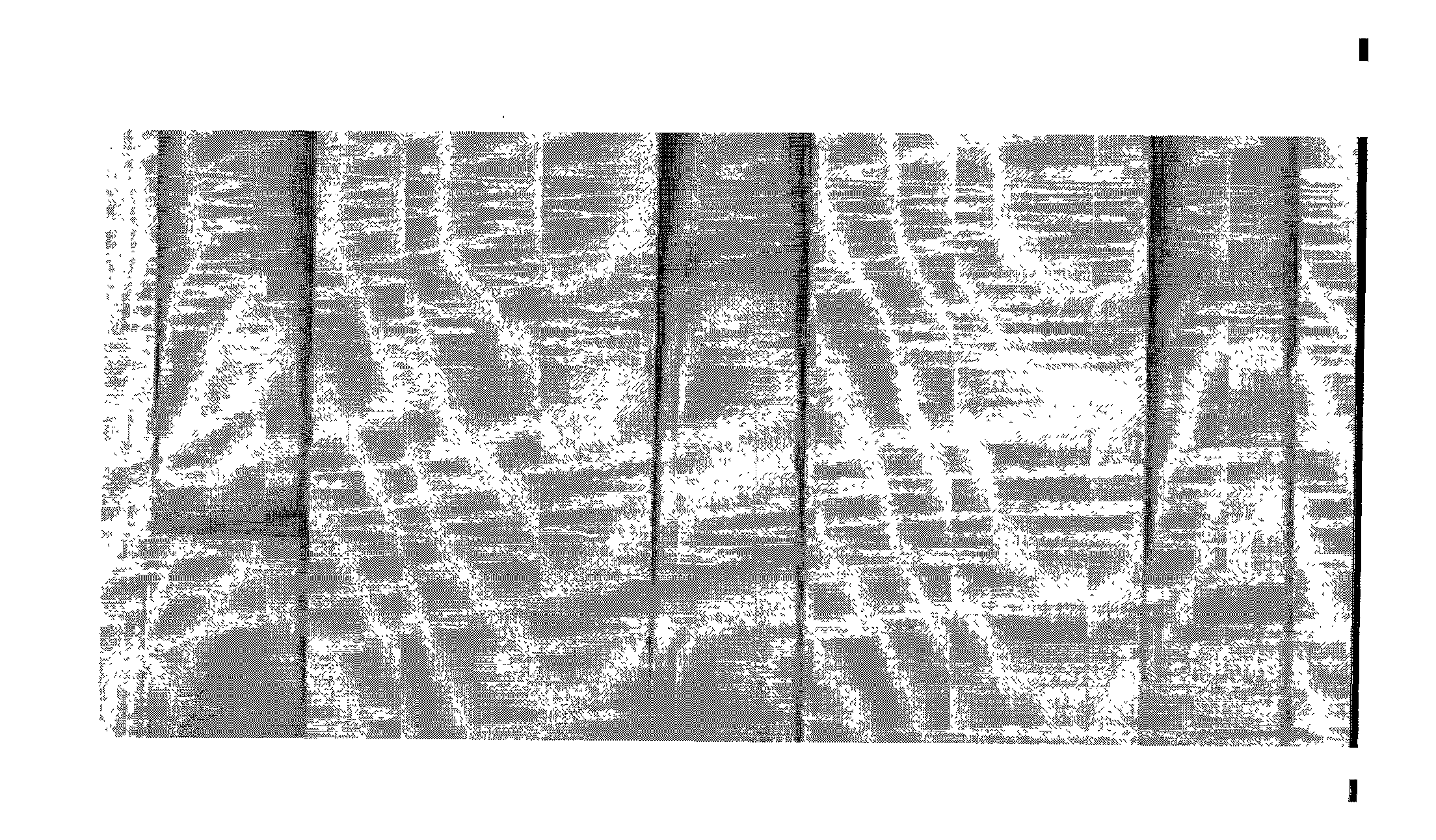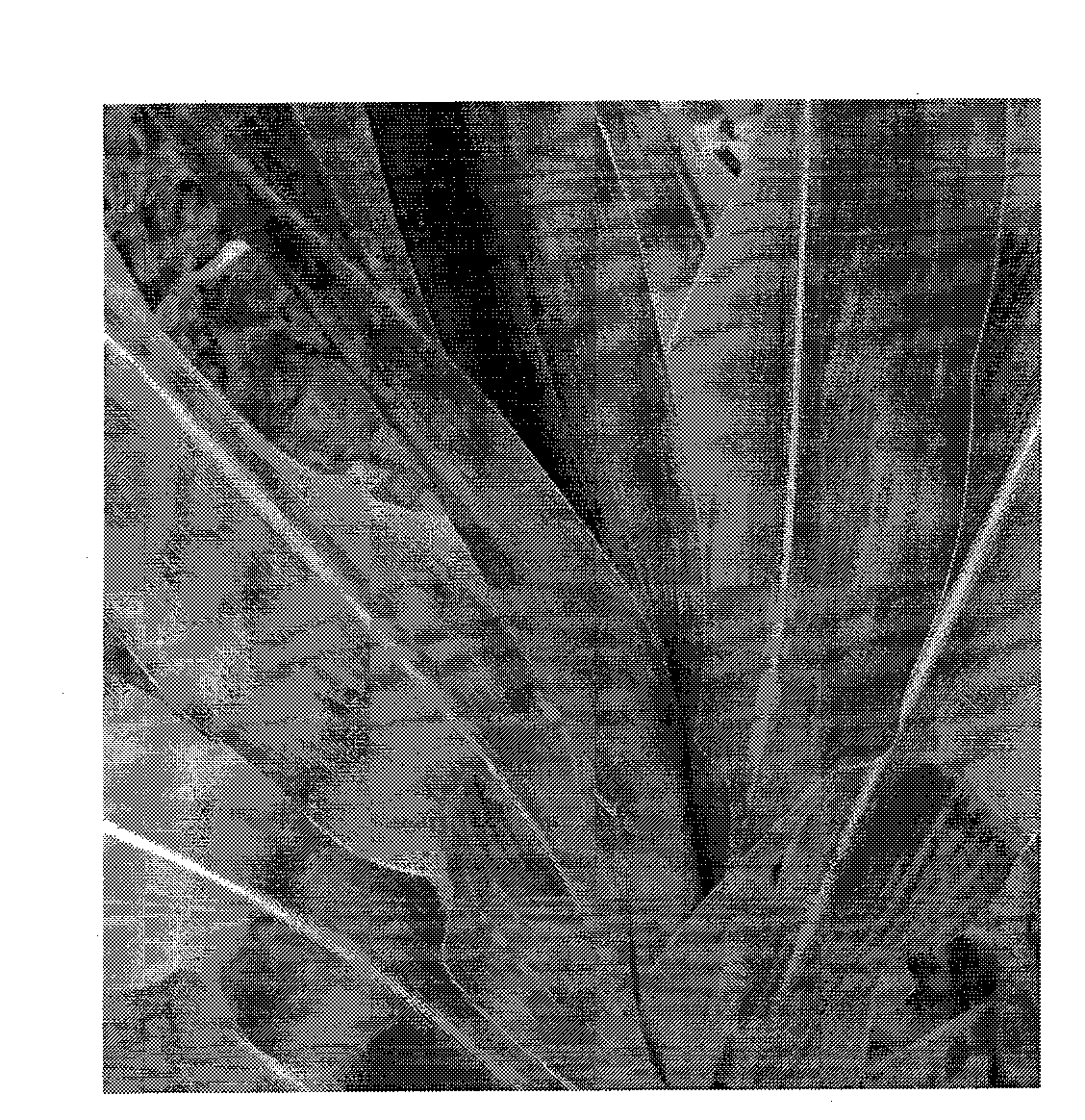Artificial synthesized Bt insecticidal gene for transgenic anti-insect plants
A gene and gene sequence technology, applied in the field of biological control, can solve problems such as failure to achieve plant protection and inability to express genes efficiently.
- Summary
- Abstract
- Description
- Claims
- Application Information
AI Technical Summary
Problems solved by technology
Method used
Image
Examples
Embodiment Construction
[0033] 1. Modification of Cry1Ac gene
[0034] The present invention carefully analyzes the active region of the Cry1Ac protein, and on the premise of further improving its expression level, transforms the gene coding frame and codons of the Cry1Ac according to the coding characteristics of monocotyledonous plants. The modified Cry1Ac-M has only 69% sequence homology with Cry1Ac, the length of the coding frame has changed from the original 1179 amino acids to 616 amino acids, and the G+C content has also changed from the original 37.32% to 57.64%. See the table below for sub usage. The sequence before the codon change is shown in SEQ ID NO5, and the sequence after the modification is shown in SEQ ID NO6.
[0035]
[0036]
[0037]
[0038]
[0039] 2 Construction of expression vector of Bt Cry1Ac-M gene
[0040] Insertion sequence size and structure, analytical methods to determine its properties
[0041] The size of the inserted sequence is about 3234bp, as follo...
PUM
 Login to View More
Login to View More Abstract
Description
Claims
Application Information
 Login to View More
Login to View More - R&D
- Intellectual Property
- Life Sciences
- Materials
- Tech Scout
- Unparalleled Data Quality
- Higher Quality Content
- 60% Fewer Hallucinations
Browse by: Latest US Patents, China's latest patents, Technical Efficacy Thesaurus, Application Domain, Technology Topic, Popular Technical Reports.
© 2025 PatSnap. All rights reserved.Legal|Privacy policy|Modern Slavery Act Transparency Statement|Sitemap|About US| Contact US: help@patsnap.com



